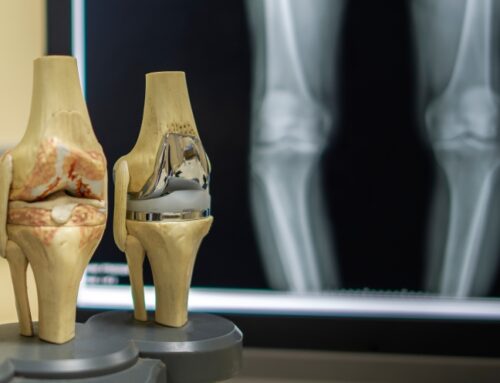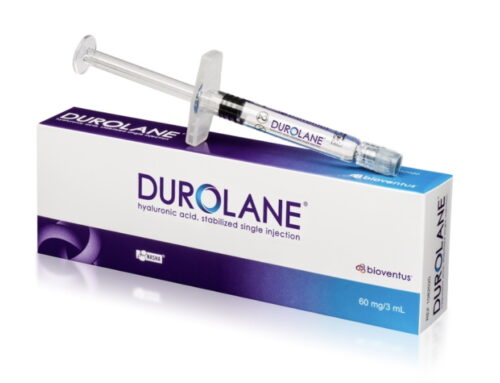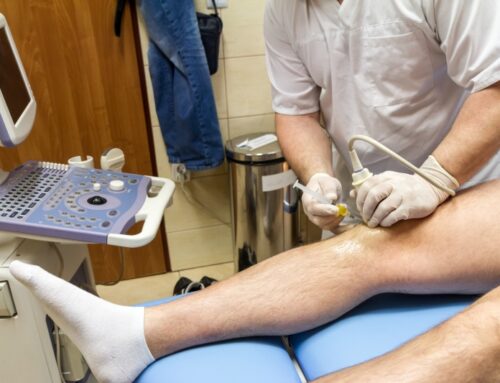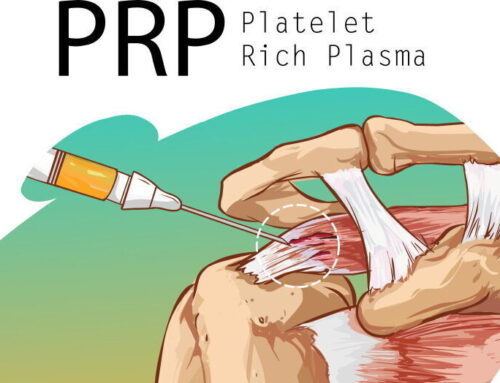Pain on the outside of the hip is due to swelling of the tendons in the buttock. Often, this condition is called greater trochanteric pain syndrome. Sometimes, swelling of the gluteus medius tendon leads to tearing, also known as a tear of the tendon in the hip. How common is a gluteal tendon tear, and how do we manage them?
Anatomy

The gluteus medius muscle lies under the large gluteus Maximus muscle, also known as the large buttock muscle. The muscle starts on the side of the large hip bone called the ileum. It narrows as it passes outward to attach to the knob of bone outside the femur called the greater trochanter. At the attachment, it forms a strong gluteus medius tendon. On top of the tendon is a bursa known as the trochanteric bursa.
Gluteal tendon tear symptoms
Generally, symptoms of a gluteal tendon tear are similar to gluteal tendinopathy or greater trochanteric pain syndrome. Most people have pain outside the hip, worse during walking, stairs, and lying on the hip. However, tears often have worse pain. Also, people describe weakness and a feeling of dragging the leg or being unable to support their body weight while walking.
How to make a diagnosis
Overall, we diagnose a gluteal tendon tear based on the description of pain outside the hip.
Often, examining the person reveals weakness when moving the hip outside, also known as hip abduction.
Generally, we use imaging to diagnose a gluteal tendon tear compared to tendinopathy. Studies suggest that ultrasound and MRI can show a gluteal tendon tear.
Gluteal tendon tear MRI
Most doctors use MRI to confirm a diagnosis of a gluteal tendon tear. Generally, imaging shows a tear of the tendon’s fibres. If the tear is total thickness, imaging often shows the tendon pulled away from the bone, also called retraction. Also, a full-thickness tear can lead to muscle wasting, known as atrophy.
Gluteal tendon tear treatment
While the outlook for gluteal tendon tears is worse than that for tendinopathy, only a minority need surgery. Like gluteal tendinopathy, we start with simple treatments such as exercise and move on to other treatments such as injections or surgery if necessary. Also, we think that partial tears are treated differently from full tears.
Can a gluteal tendon tear heal?
Generally, we don’t think that tendon tears heal. However, some treatments improve the tear structure so the hip can work better.
Exercise therapy

Like greater trochanteric pain syndrome, we think that exercise therapy helps people with partial or full-thickness tears. Generally, we suggest combining hip exercises such as side-lying hip raises, clam walks, hip bridges, and squats.
What is the role of shockwave?
We know that shockwave helps greater trochanteric pain syndrome. However, there is little evidence that shockwave therapy helps partial or full tendon tears.
PRP injection for a gluteal tendon tear

We know that a single leucocyte-rich PRP injection improves greater trochanteric pain syndrome. In the same study, the researchers found that PRP can also improve pain related to partial tendon tear in the hip tendon. However, we have no data on full tears. Overall, we think that PRP injections might work for partial tears.
However, we think you should avoid cortisone injections for a partial or full gluteal tendon tear.
What is the role of surgery?
Our evidence for surgery is limited. Generally, however, repairs are better in partial tears with less muscle wasting. In addition, some surgeons are now doing repairs with keyhole surgery, reducing the recovery time. Overall, the repair failure rate ranges from 5 to 15%.
A recent study found worse results in patients with full tears with retraction. Also, smokers and those with associated low back pain did worse. Overall, the failure rate after a gluteal tendon repair was 21%.
Usually, post-repair recovery consists of partial weight-bearing with crutches for six weeks and then resistance training using hip exercises after three months. Overall, full recovery from a repair can take up to 6 months.
Final word from sportdoctorlondon about a tear in the tendon of the hip
Tears of the gluteal tendons cause pain with walking and other activities similar to tendonitis. We favour PRP injections and exercises for partial tears. Surgical repairs have a high failure rate, so we should only consider surgery for cases that fail other treatments.








in the USA are PRP injections paid for by Medicare
Hi Jackie, My brother works as a PM+R consultant and says that PRP is generally not covered by insurance, including medicare or Medicaid.
LM